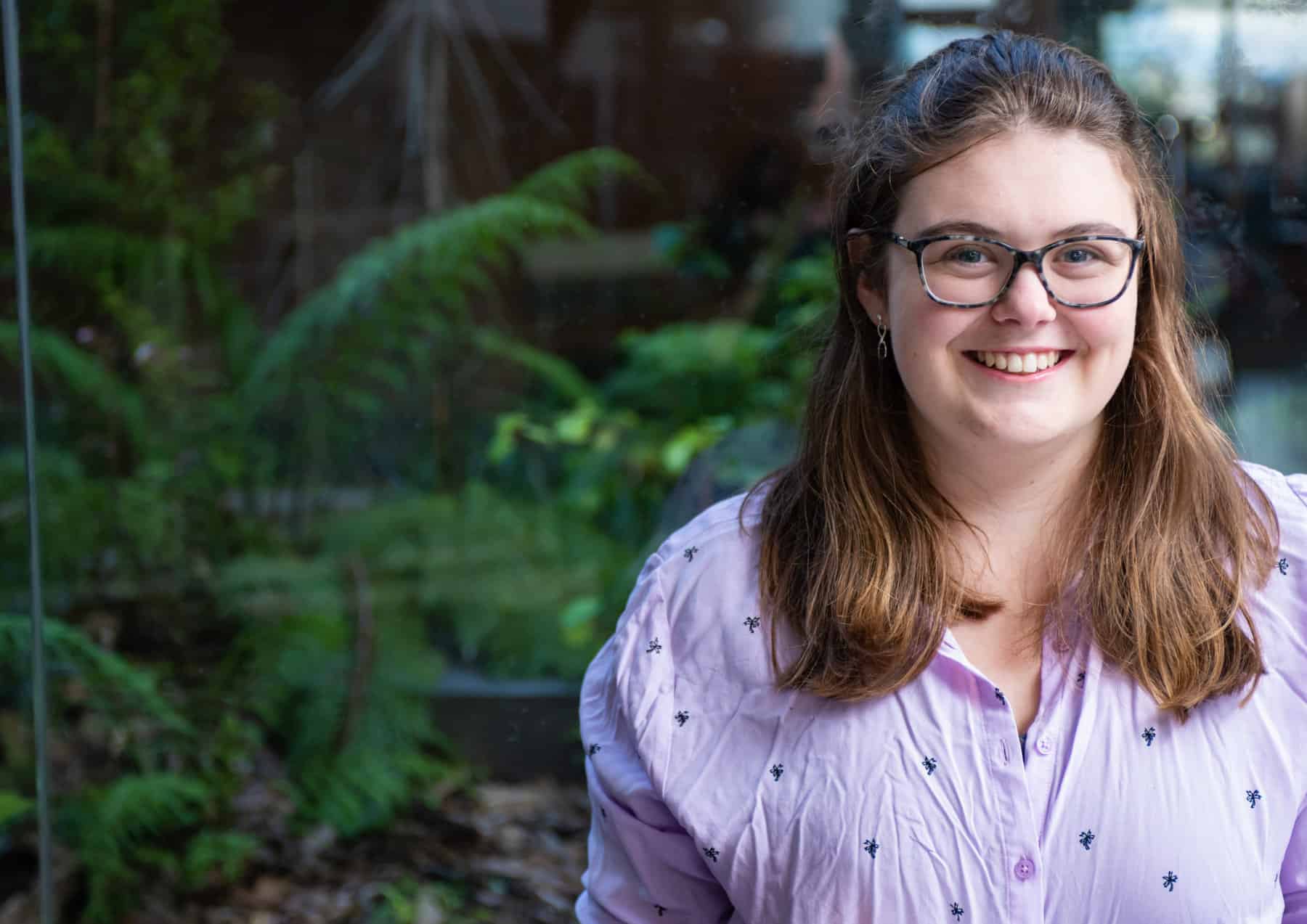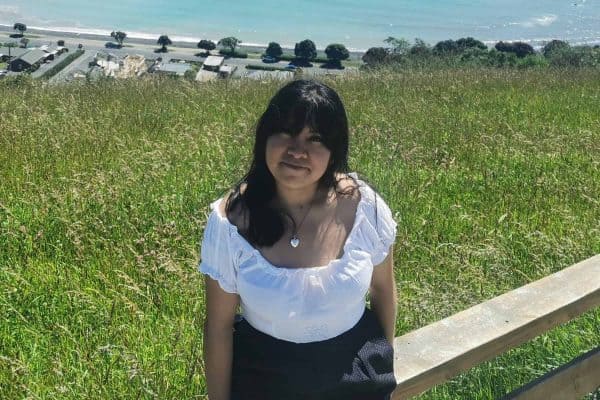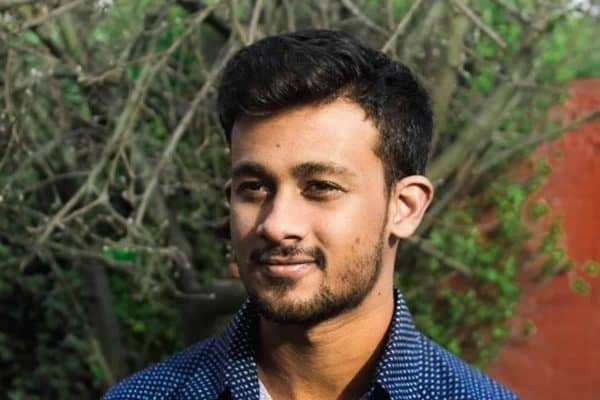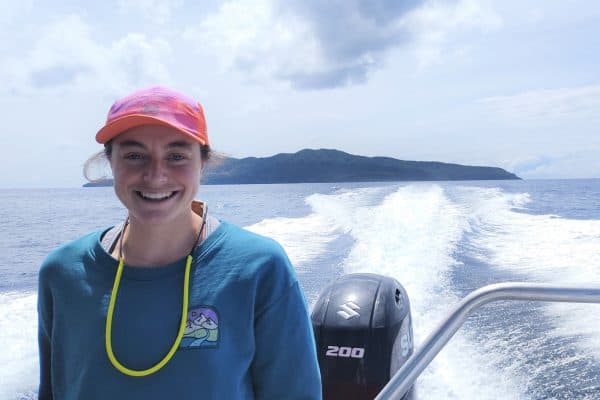Using physics-based synthetic earthquakes to assess tsunami hazard in New Zealand
I was born and raised in Whanganui but have made Wellington home for the past 7 years. After finishing high school, I headed straight to Victoria University of Wellington (VUW), where I have completed my BSc in Geology and Statistics, before continuing on to complete my MSc in Geophysics. During my MSc I had the opportunity to attend SAGE (Summer of Applied Geophysical Experience), a four-week summer field program in New Mexico, USA. This was where my love for research and fieldwork was solidified, and I made the decision to undertake a PhD. After handing in my MSc thesis, I found out about the RNC2 Earthquake and Tsunami programme, specifically the project to model tsunamis and develop tsunami hazard models for offshore synthetic earthquakes. So here we are now, one year into my PhD and loving every minute of it.
Over my time at VUW, I have been lucky enough to a tutor for both geology labs and field trips. I love being a tutor, and showing first year students, specifically women, that geology and geophysics is accessible to anyone and is a hugely important subject for future resilience planning for New Zealand.
My Project
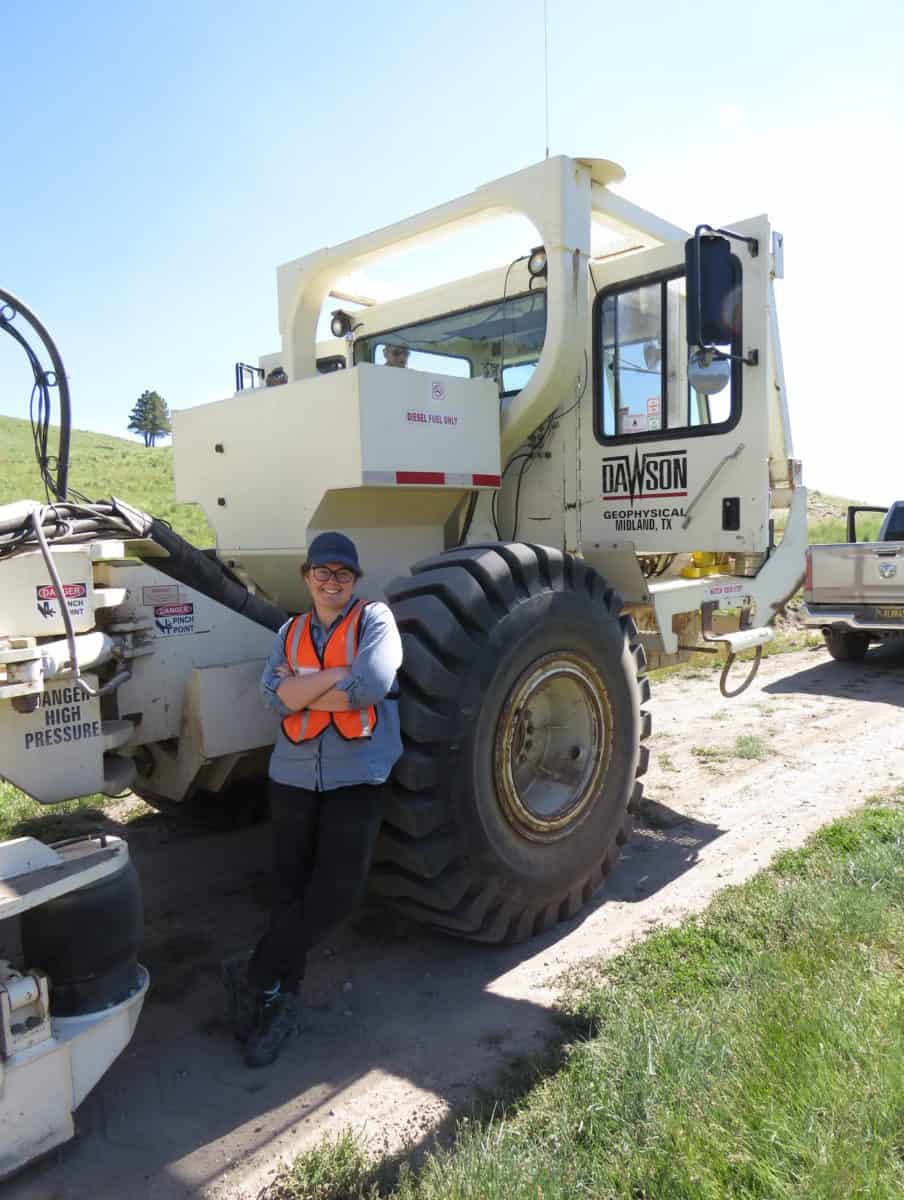
With subduction zones to the south, east and north of New Zealand, and numerous large offshore crustal faults, there is considerable risk of a large tsunami affecting New Zealand. Modelling tsunamis that could affect New Zealand in the future is important for understanding the hazard and to help mitigate the risks that are posed. However, running large numbers of tsunami models is extremely computationally expensive. My research uses physics-based synthetic earthquake catalogues, firstly, to assess tsunami hazard in New Zealand, and secondly, to develop methodologies to reduce the number of simulations required to construct accurate wide scale inundation models.
Being able to run inundation models efficiently allows us to increase the number of models that are run, further adding to our understanding of the risks, and allowing for improved hazard planning in the future. The first stage of my research is to set up the infrastructure for running large numbers of tsunami models, from various synthetic earthquake catalogues. By setting up this infrastructure now, it will allow the results to be updated, as the earthquake catalogues are continually being improved and updated.
Next Steps
The next step of my project is to develop a large database of tsunami inundation models and use them to refine methodologies for reducing the number of simulations required to produce reliable probabilistic tsunami inundation hazard assessments. This will allow us to run larger scale inundation models for wider regions of New Zealand, which are not currently computationally feasible. Being able to run wider scale models will help increase our coastal communities’ resilience to these extreme natural hazards, by increasing community education and preparedness if a large-scale tsunami event was to occur.
